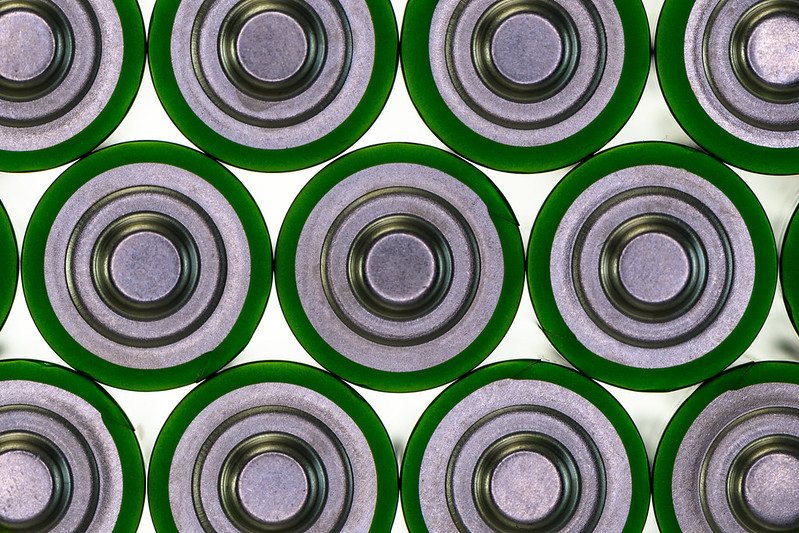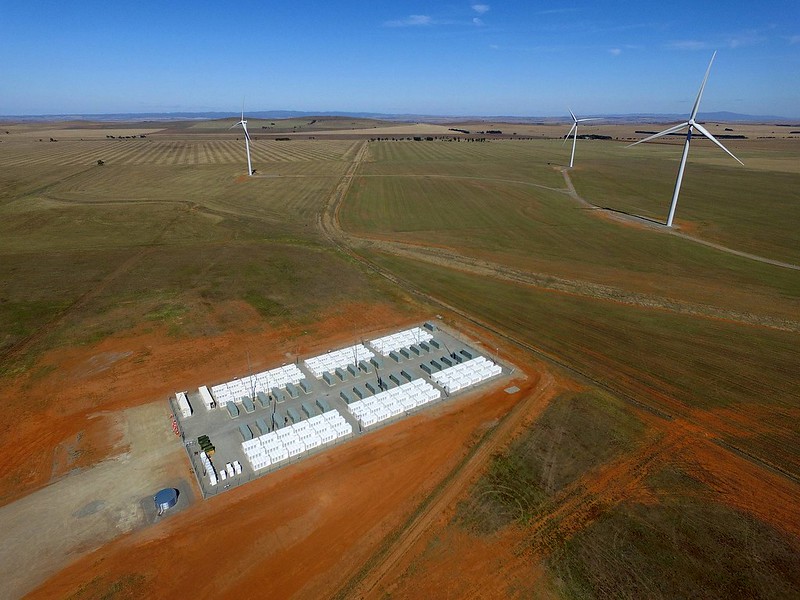
Energy-storage technologies help fill the intermittency gap. To deal with intermittency, we've recently seen a number of grid-scale lithium-ion battery systems installed or planned, and pumped hydro initiatives like Snowy Hydro’s Snowy 2.0 and Tasmania’s Battery of the Nation. These initiatives are also designed to deal with the the related issue of grid stability, which is also associated with solar and wind.
Storage as a ‘stretch goal’
Affordable energy storage is one of five technology ‘stretch goals’ in the Australian Government’s Low Emissions Technology Statement (LETS).
LETS is the first step in the government’s Technology Investment Roadmap, aimed at cutting power costs for Australian households and businesses, creating jobs, and reducing the nation’s greenhouse gas emissions.
The stretch goals outlined in the LETS are:
- Clean hydrogen production and export;
- Low-emissions steel and aluminium production;
- Viable carbon capture and storage (CCS);
- Soil carbon measurement and sequestration; and
- Energy-storage technologies for ‘firming’ at a cost of under $100 per MWh.
Firming refers to maintaining the output from an intermittent power source for a required length of time – in other words, making sure enough energy always available.
The government’s focus is currently on natural gas for firming. There, however, is a suite of other energy-storage technologies that could help Australia meet that $100 per MWh target – including solar thermal, stored hydrogen and new battery innovations, as well as lithium-ion big batteries and pumped hydro.
Sensibly deployed and combined, these technologies could significantly cut the cost of renewables-to-the-grid, seed new industries for Australia, and shrink the nation’s carbon footprint.

Novel battery systems
CSIRO has a long history of research on energy storage.
Its landmark UltraBattery cleverly combines everyday technology – the lead-acid battery found in most cars – with a supercapacitor, transforming a humble workhorse into a unit that lasts ten times longer than a conventional car battery.
Commercial versions of the UltraBattery are now being used or trialled overseas in vehicles such as the Honda Odyssey, and even for grid-storage applications.
“The big plus with batteries is that scale is irrelevant and they can be installed almost anywhere,” says Dr Anand Bhatt, who leads CSIRO’s battery research.
“You can use the same chemistry in small-scale home batteries, all the way up to 100–400 MWh ‘big batteries’.
“It comes down to the cost and longevity of the battery system, which is about choosing the right chemistry for the cycle – maybe it’s lead-acid, maybe lithium, maybe something else. All battery chemistries have their pros and cons. ”
CSIRO has the capacity to test and evaluate battery systems, for research and for industry, at its Stored Energy Integration Facility (SEIF). It can also develop new energy storage systems at its Centre for Hybrid Energy Systems (CHES).
Squeezing the life from batteries
As well as developing new battery systems, Dr Bhatt’s team is investigating how more value can be squeezed from lithium-ion batteries through ‘second life’ applications – reassigning reduced-strength batteries to applications that don’t require full capacity – and through recycling, where component materials are recovered to make new batteries.
“The key driver here is hitting that $100 per MWh target over the life of the battery,” says Dr Bhatt.
“In terms of lithium-ion, we’re close to the limits of the current supply chain. We mine the minerals, put them into the battery, we use it, then we throw it away.”
“If we want to drop the price of batteries, we need to start spreading the cost of production over a longer timeframe, through second life and materials recycling.
“This reduces both its lifetime cost and its environmental impact at the same time but as importantly it improves the economics”
“Australia has the minerals used in batteries – lithium, graphite, cobalt, nickel – and we also have this opportunity to build onshore infrastructure for battery recycling and materials recovery, which we don’t have at the moment.”
CST: grid-scale solar storage
Concentrated solar thermal (CST) is a grid-scale technology involving circular or linear arrays of heliostats – sun-tracking mirrors that concentrate solar energy as heat.
This heat is then transferred to a high-temperature liquid or gas at temperatures above 500 degrees Celsius.
The hot liquid or gas can be used to either directly drive large steam turbines for electricity generation or store thermal energy for up to 16 hours, usually as molten salt.
CSIRO has been researching solar thermal for decades at its Newcastle-based ‘solar farm’, which has become a centre of international research and development collaboration on CST.
Key to cutting household bills
According to CSIRO electrochemical energy systems’ expert, Dr Christopher Munnings, the cost of storage is the key to unlocking lower electricity bills.
“We know from the work CSIRO has done looking at the economics of power generation that solar and wind are now some of the cheapest forms of energy. But the key to accessing that cheap power is solving the intermittency problem,” he says.
The challenge is having enough standby energy to keep Australia operating for 6–8 hours.
“It's not just an hour's worth of storage. It’s up to eight hours’ worth, or a days’ worth – that’s the big challenge.”
At the moment, large-scale, long-term energy storage in the power sector is expensive, so a lot of the firming is done with natural gas turbines, because it’s cheaper at scale than other technologies.
“The problem with gas is not just the emissions, but now that solar and wind are so cheap, we also need to find a cheap way of storing that energy or we’ll just have to waste it,” says Dr Munnings.
“Low-cost storage really is the last piece in the ‘zero emissions’ puzzle.”
Other options such as pumped hydro can store energy at a low cost, but its cost-efficiency and effectiveness depends on the right infrastructure and geology being available.
Underground hydrogen storage?
The ‘hydrogen economy’ is a focal point of the LETS, particularly its potential for the transport sector and for exporting renewable energy.
Dr Munnings says once Australia is able to make large volumes of clean hydrogen in electrolysers – using just water and renewable energy – underground storage of hydrogen could be used to run fuel cells or gas turbines in the high-demand months of summer and winter to produce additional electricity.
He adds that, while hydrogen storage is not as efficient as batteries, it offers a good way to store energy at scale, providing “enough energy to run Australia for days”.
“These sorts of storage systems offer the potential to balance our grid across the whole year rather than just a few hours per day.
“So, in terms of Australia’s energy storage options, we can get the cost of batteries down with new battery chemistries or recycling to recover some of the cost. We also have pumped hydro, which is a really good option for certain areas.
“And for really big energy problems, like seasonal variation, we can store energy underground and pull it back out and use it in fuel cells or gas turbines to make electricity.”
